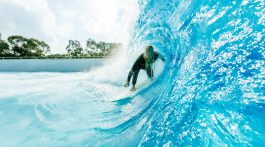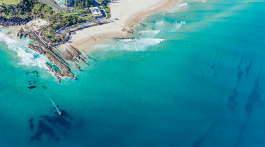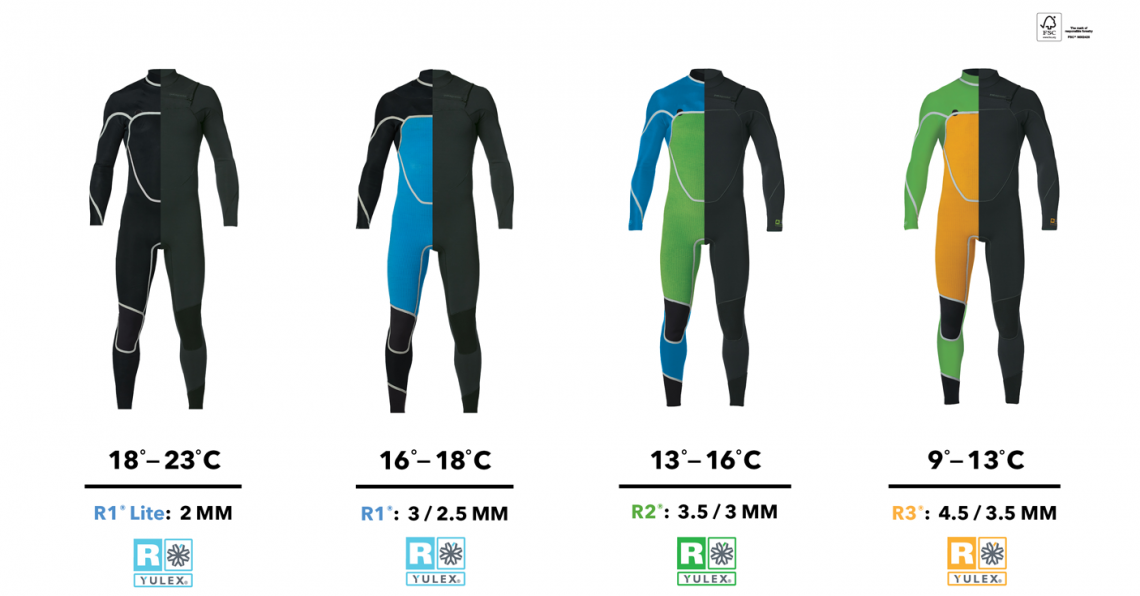The first Neoprene-free Wetsuit
By Reggae Elliss
For the last eight years Patagonia has been working with a company called Yulex, a world leader in using natural rubber, to come up with an alternative to neoprene in its wetsuit products.
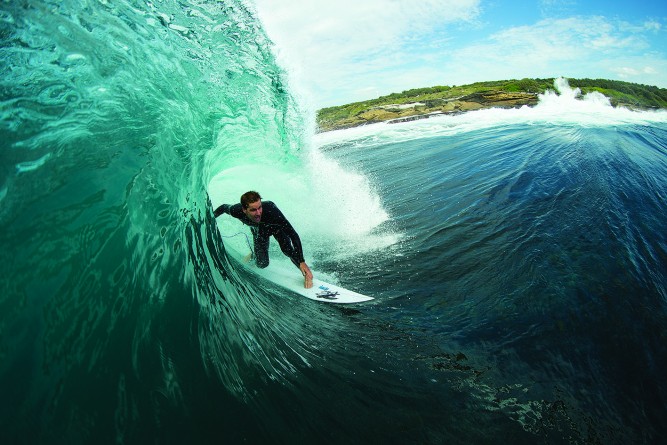
As we know neoprene is a non-renewable material and its manufacture its energy intensive and the goal of Patagonia’s extensive R&D is about “replacing a petroleum-based material with a plant-based one.”
The result is a wetsuit that offers that offers the same warmth and performance as conventional stretch neoprene while reducing CO2 emissions by up to 80% in the manufacturing process. There’s also no noticeable difference in the comfort factor.
“The finished product is no different than it’s neoprene predecessor. If I gave you a suit and didn’t tell you it was made from natural rubber you wouldn’t know the difference,” John “Hub” Hubbard, Patagonia’s wetsuit guru told me.
Patagonia has placed great importance on its environmental credentials for a long time and according to Hub the basic “nastiness” of neoprene was the initial incentive to look into the viability of natural rubber.
“I had a meeting once with some scientists working on a cradle to cradle initiative and they couldn’t believe how toxic neoprene was, the creation of it, the off-gassing while it exists, and then you can’t break it down. I’ve read they even line landfills with it!! Anyway, to be able to take pretty big piece of that process and replace it with something that is natural and carbon neutral, is extremely important.”
The natural rubber is derived from sources, which are Forest Stewardship Council certified by the Rainforest Alliance. The suit is a blend of the natural rubber with chlorine-free synthetic rubber to increase ozone and UV resistance.
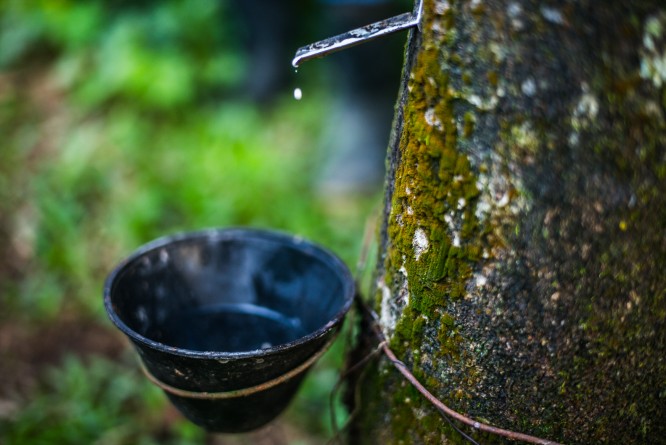
The rundown on the Yulex full suit:
- The new neoprene-free Yulex® wetsuits feature 85% natural rubber by poly-mer content, replacing a petroleum-based material with a plant-based one for significantly reduced CO2 emissions in the manufacturing process. It is blended with 15% synthetic rubber polymer for increased ozone and UV resistance to meet rigorous demands for durability and strength.
- The R2® Yulex Front-Zip Full Suit is 3.5mm in the torso and thighs, lined with high-stretch, faster-drying 55% recycled polyester/40% polyester/5% spandex inverted microgrid; 3mm in the arms and legs, lined with high-stretch and faster-drying 100% recycled polyester; the face fabric is 85% recycled polyester/15% spandex.
- A floating asymmetrical front-zip keeps you loose through the shoulders and chest, and 100% exterior seam sealing eliminates leaks. All seams are triple glued, blind-stitched and internally taped for additional strength.
Patagonia is continuing its research into alternatives to neoprene and is also working on eliminating other petro-based and synthetic factors involved in its wetsuit production. It’s also shown no interest in owning the “natural rubber” market.
“As far as sharing the love, Patagonia knew from the beginning there was no way to move the needle ourselves, nor would it be a worth-while venture for Yulex unless the whole industry was disrupted,” said Hub. “ From the very beginning this technology was meant to be shared. Even if it inspires other alternatives to neoprene it makes this project worth it. “

